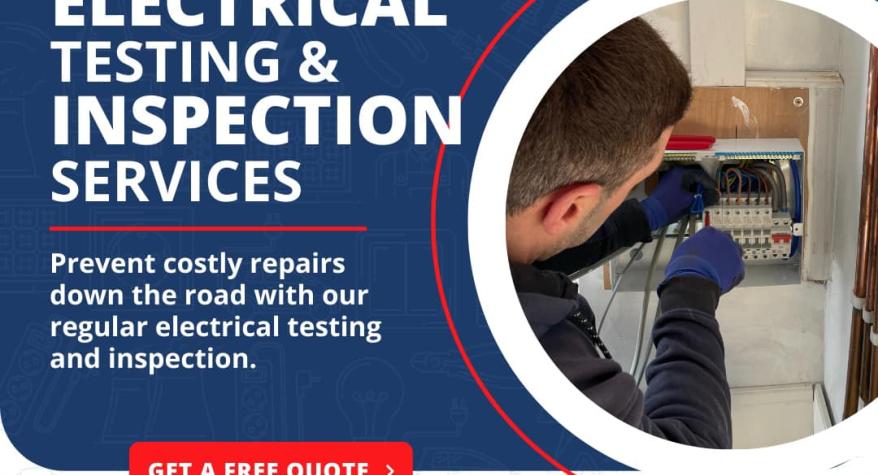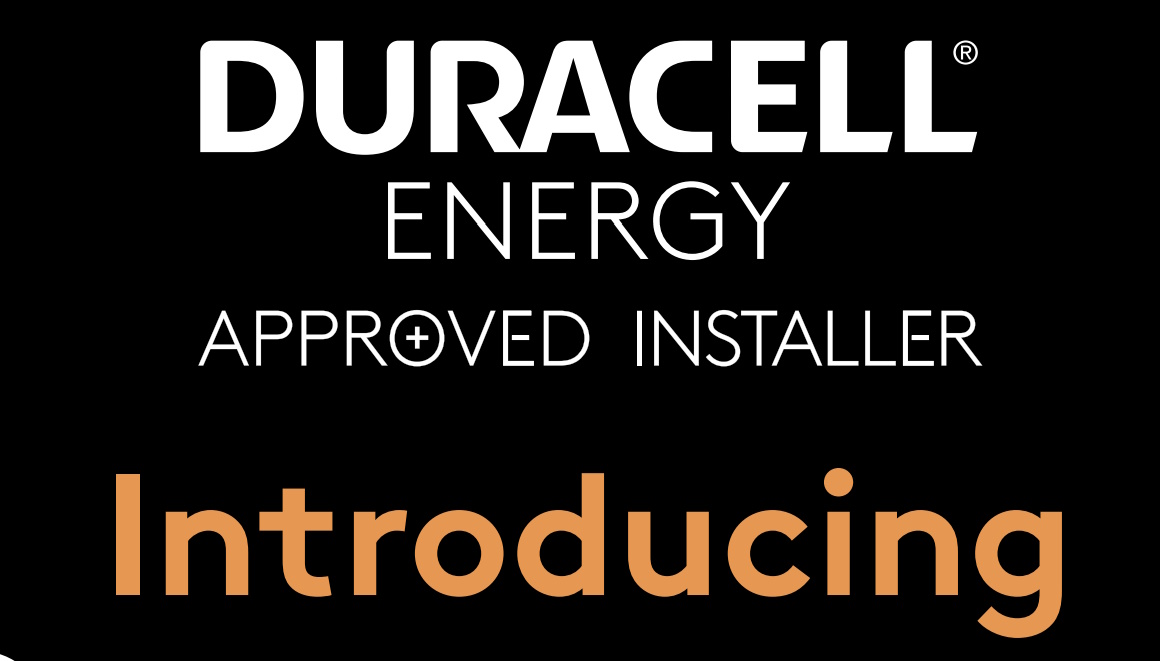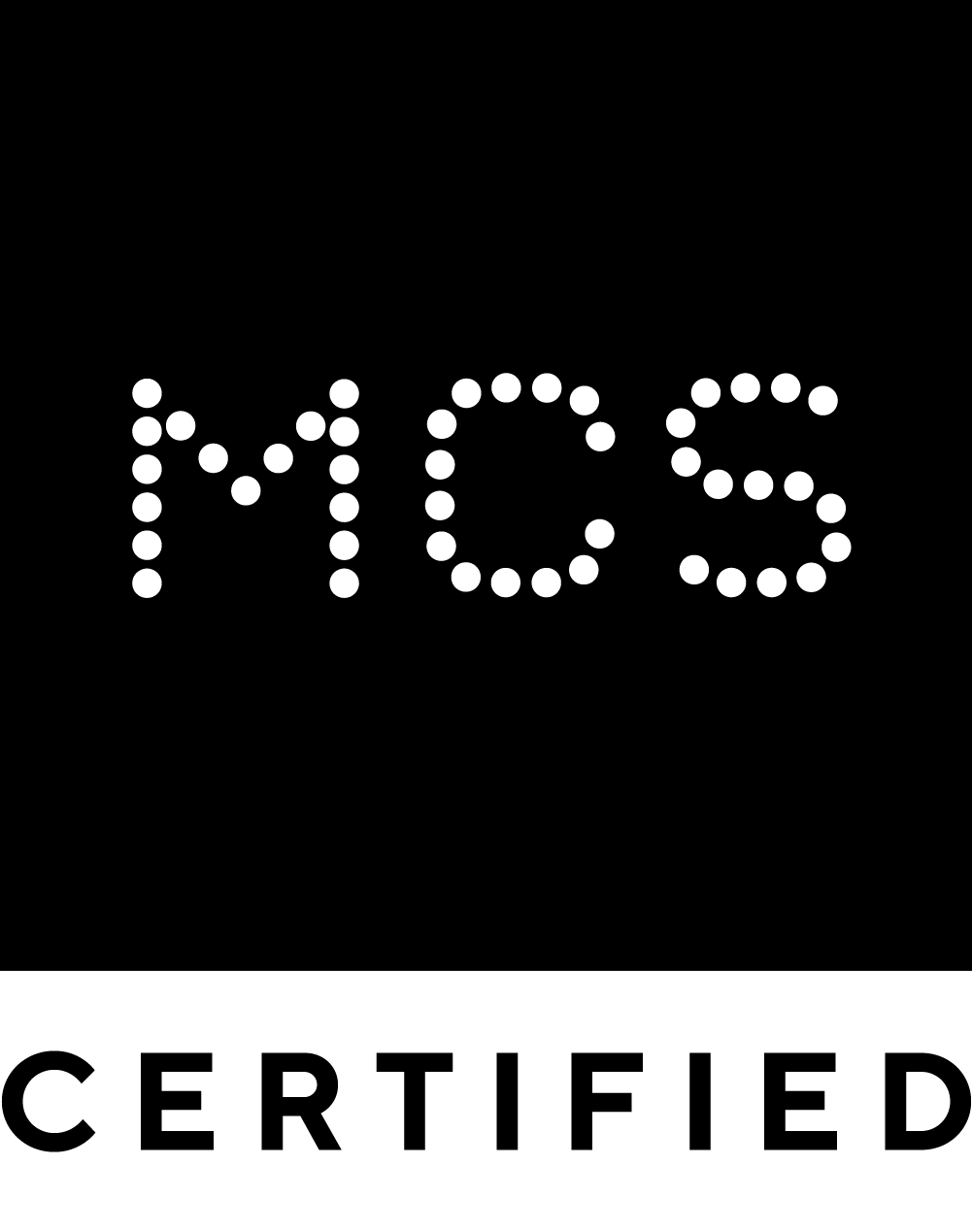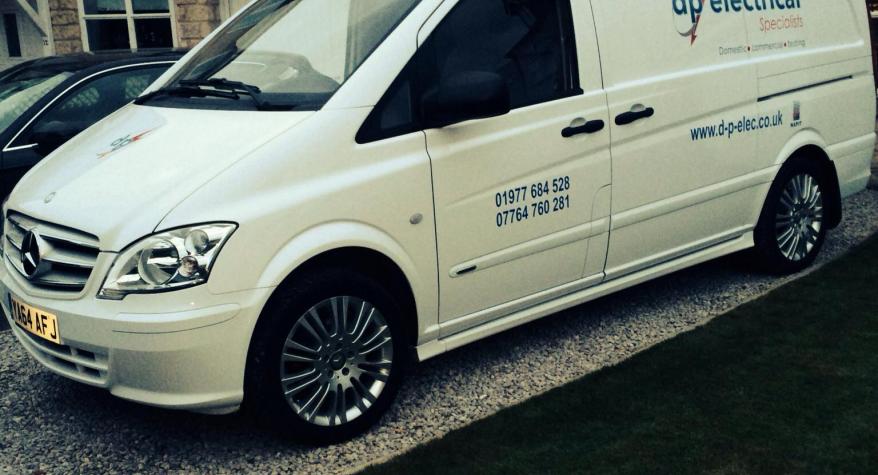What exactly is an EICR? This stands for Electrical Installation Condition Report. The report is the result of a periodic electrical inspection, a process that involves in-depth testing and inspection of an electrical installation, the fuse box or consumer unit, the wiring and the electrical accessories like sockets and switches.
Do homeowners need an EICR?
When do I need an EICR?
As a homeowner, you should have an EICR produced at least every ten years. This is recommended by the Institute of Engineering and Technology (IET). The IET are responsible for producing the Safety Requirements for Electrical Installations also known as the Electrical Regulations.
The recommendation comes from the expected use, wear and tear and issues that are likely to occur within a private domestic property that may affect the electrical wiring. Where properties are likely to be subject to more use or wear, the recommendations change and more frequent inspection is recommended.
Other situations that may require an EICR would be:
- Purchasing a home that is not new
- Following Trauma to the wiring installation
- Before a new consumer unit is installed
What does an EICR do exactly?
An EICR documents the findings following an electrical inspection. Electrical inspections will detail any dangerous situations, potential dangers, and non-compliances with the latest safety wiring regulations.
There are several codes that are applied to the various observations discovered:
- C1 – DANGER. Urgent remedial action required.
- C2 – Potentially Dangerous – Remedial action required without delay.
- C3 – Recommended Improvement
- FI – Further Investigation.
There are two possible outcomes for an electrical inspection that will be recorded on the EICR. These are SATISFACTORY and UNSATISFACTORY.
Where the report states C1, C2 or FI it will automatically be deemed an UNSATISFACTORY report and the OBSERVATIONS list will state why.
What do I do if my report is UNSATISFACTORY?
When we produce the report, we will be happy to quote for any works that are required in order to rectify an UNSATISFACTORY installation.
Where we find immediately dangerous situations (C1), we will ask permission to rectify these immediately. Such examples could be exposed live wires able to be touched, holes in the consumer unit or fuse box that allow access to live parts and situations that are deemed too dangerous to leave.
Where any potential dangers are found (C2) we will advise what can be carried out on the day in order to make these safe but in some cases, fault finding may be required along with a quote for repairs or upgrades in order to rectify these situations.
Where an FI code is applied to an observation, it is done so because there is a reasonable expectation that FURTHER INVESTIGATION could lead to the discovery of danger. Such examples could be circuits that are connected at the fuse box but have no apparent use. The expectation might be that there could be a LIVE END somewhere.
Purchasing a home that is not new
When purchasing a home that has been lived in before, you have no real idea what has happened to the wiring in the home before you got there. Add into that the fact that electrical systems will continue to work in the face of SERIOUS electrical hazards and you have a recipe for potential problems.
Having an electrical check and EICR carried out on a property BEFORE you purchase is a great way to get an idea of what problems exist, what it will cost to fix them and if you want to go ahead with the sale following the production of an UNSASTISFACTORY REPORT.
As your local ELECTRICIAN IN LEEDS we are able to carry out a full range of electrical services for you including your new home inspection.
Trauma to the wiring installation
Where damage, flooding, water ingress or building work have been carried out that adversely affect the wiring system, having an electrical check carried out is vital to check the extent of the damage, what repairs may be necessary and the cost of those.
Before a new consumer unit
Brand new consumer unit technology is cutting edge and protects against a variety of issues such as:
- Broken or damaged wiring
- Electrical Shocks
- Overloaded Circuits
- Short Circuits
- Earth Faults
- Surges in the mains supply
- Electrical Arcing (dangerous high temperature faults)
Old fuse box or older consumer unit technology may not protect against many of these and those that it does protect against, it may do so inadequately.
When new technology is installed onto older wiring systems without an inspection, the new consumer unit may not turn on due to pre-existing faults or circuits may have to be disconnected for safety reasons. Its best to find out about this BEFORE the new unit is installed and an electrical inspection and EICR is the way to do this.










